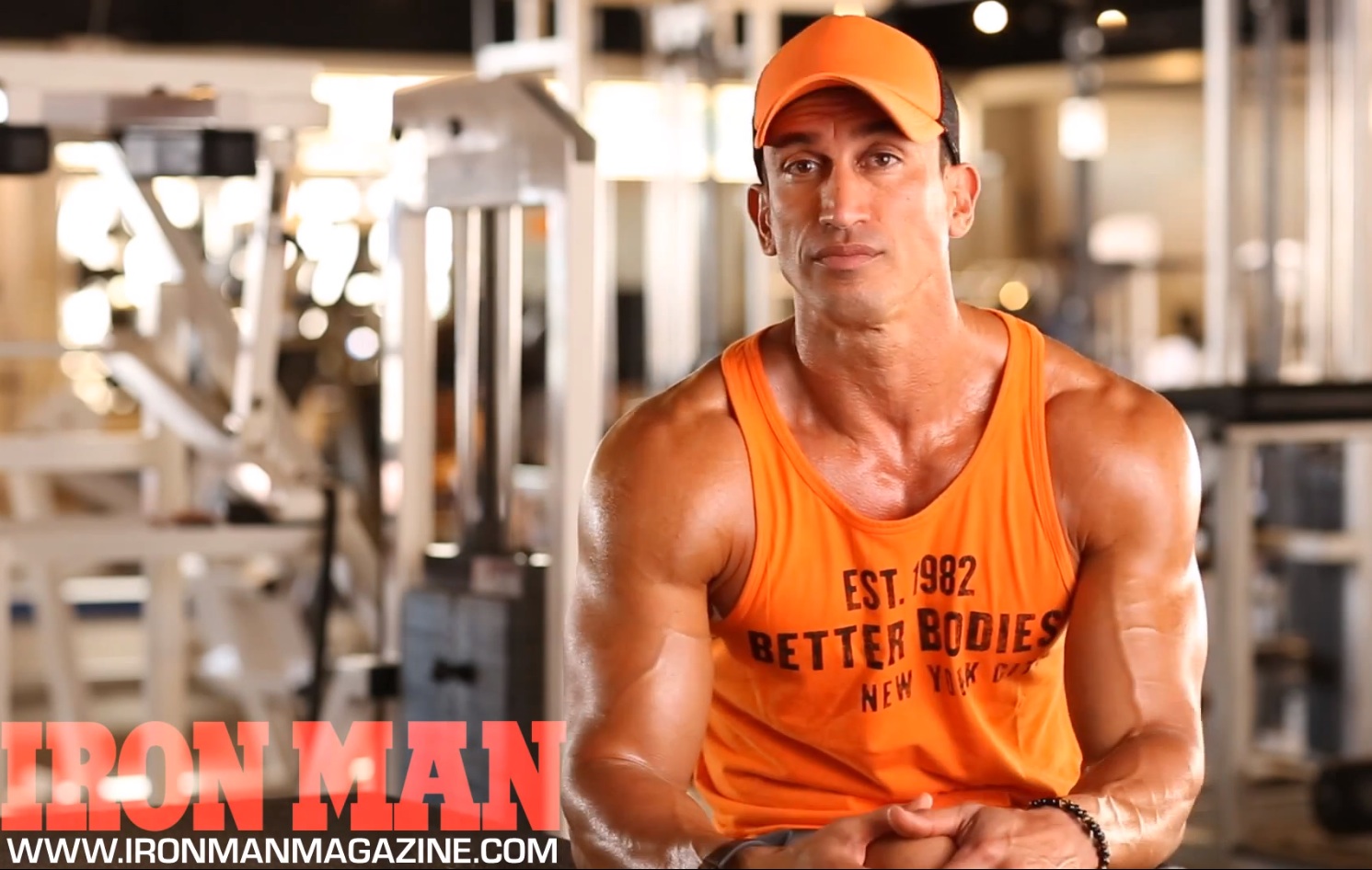I’ll tell you one thing, and that is, steady state-low intensity cardio will NOT increase your metabolic rate. Quite the opposite – it actually causes your body to slow down its metabolic rate due to the adaptation response. I don’t want to make this article about which cardio is best because I will save that for another time, but I will give you a few tips on how you can drastically increase your metabolic rate, giving you an advantage in your fat loss arsenal.
First off, what is your metabolic rate? In the simplest way, your metabolic rate is the rate at which your body burns calories. When I talk about metabolism or metabolic rate, I am really referring to your RMR, which is your resting metabolic rate. This is the amount of calories you burn everyday at rest. Lets put it this way; if you were to wake up in the morning, open your eyes, and then just lie in your bed for 24 hours straight, your body would still be burning a certain amount of calories due to physiological processes, such as pumping blood, breathing, and delivering nutrients. Your RMR is the number of calories your needs to simply exist. The higher we can get this number, the easier it will be for you to burn fat, stay lean, and consume much more food than anyone else in the process.
Lets look at three ways you can increase your resting metabolic rate.
Build more muscle!
If you’re an avid reader of Ironman Magazine like I am, then you are no stranger to heavy lifting. Maybe without even knowing it, you’re actually doing one of, if not, the best thing you can be doing to increase your metabolic rate. The best way to control fat gain or fat loss is by building muscle. Building muscle is best done with a heavy resistance, within the 6 to 12 rep range of a set. Training this way will target the type II muscle fibers, more specifically, the type IIB muscle fibers, which are highly responsible for muscle hypertrophy. Building muscle requires calories, as does the rebuilding process of the muscle tissue. Muscle is one of the most metabolically active tissues in the body, so the more you have of it, the more calories you are burning every single day. This is the reason why someone who is 200 lbs. with 5% body fat can eat more food and stay leaner than someone who is 200 lbs. with 15% body fat. The body composition of the individual with 5% body fat is mostly metabolically active muscle tissue, so that person can eat many more calories, and requires more, than the individual with the higher percent body fat.
Stay lean!
You see this all time; someone diets down for a competition, gets in great shape, and then a week later, they are 10-15 lbs. heavier with unwanted fat. Having a higher body fat is not the ideal environment for adding muscle. Without a doubt, muscle grows best on a lean physique. As we touched on before, muscle is metabolically active. Muscle requires an abundance of calories at rest. However, the complete opposite is true for fat tissue. Fat is metabolically inactive. It doesn’t require any calories at rest. Fat will actually slow down your metabolic rate and the more overweight you are with excess fat tissue, the slower your metabolism will be. Once you get lean, build more muscle, and perform metabolic workouts each week, which I will touch on next, you will be a lean, mean muscle machine.
Perform metabolic workouts or HIIT each week!
Do you remember my intro about ditching the low intensity cardio? Well, you should’ve guess that I would have you replace it with something else! In comes HIIT, high intensity interval training, for the win. Aerobic cardio, such as low intensity walking/cardio, does not build muscle and is used for endurance training. The only time you should be doing aerobic cardio is if you are training to build up your endurance! Another problem with LISS, low intensity steady state, cardio is that the only time you are burning calories is when you are performing the work. So, say you do 30 minutes of LISS on the step mill and you burn 200 calories; that’s all you’re burning and expending. No more, no less. However, with HIIT, you burn calories during the session, and far after. This is known as the EPOC effect of HIIT, and it stands for excess post-exercise oxygen consumption. This is why HIIT is so beneficial; it increases the rate of oxygen intake following the strenuous session, causing you to burn many more calories while you’re at home sitting on the couch, and even while you sleep! Here is a sample HIIT workout to try on the treadmill, upright bike, or outside:
- 5 minute warm-up
- 30 second all-out sprint (as fast as humanly possible)
- 60 second low intensity work/recovery (get heart rate back down)
- Repeat above cycle 9 more times
- 5 minute cool down
In other words, you’re going to be performing 10 all out sprints, running and working as fast as you possibly can for 30 seconds, and then following each sprint, you will simply walk or pedal slower (if on the stationary bike) to bring your heart rate back down for 60 seconds; this is your recovery period before you begin your next sprint bout.
I hope these tips help you jack up your metabolic rate and turn you into a lean, fat burning machine!
Train hard and train smart.





















You must be logged in to post a comment Login